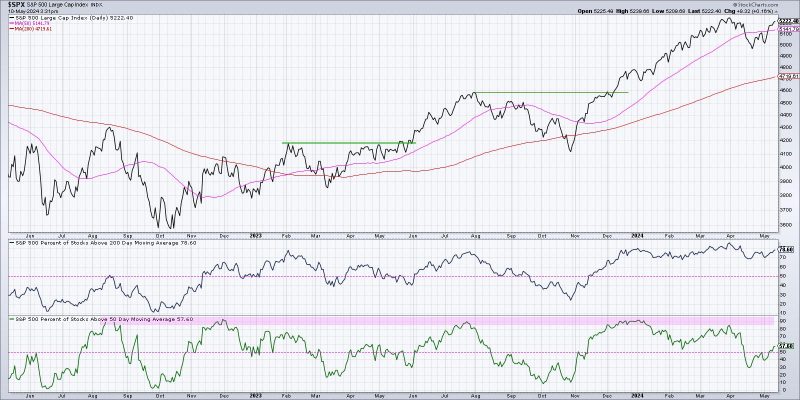When it comes to navigating the unpredictable waters of the stock market, investors often look for various indicators to confirm whether the trend is bullish or bearish. While no single indicator can perfectly predict market movements, a combination of different signals can provide a more comprehensive view of the prevailing conditions. Here are three key breadth indicators that can help confirm a bullish market trend:
1. **Advance-Decline Line**: The Advance-Decline Line (ADL) is a breadth indicator that measures the number of advancing and declining stocks in a particular market index. By comparing the total number of stocks that are advancing versus declining on a given day, investors can gauge the overall health of the market. In a bullish market trend, the ADL tends to show more advancing stocks than declining ones, signaling broad-based strength across multiple sectors. A rising ADL can confirm the sustainability of a bullish trend, as it indicates widespread participation in the market rally.
2. **New Highs and New Lows**: Another important breadth indicator is the number of new highs and new lows being made in the market. In a bullish trend, the number of new highs should significantly outnumber new lows, indicating that a large number of stocks are reaching new peaks. This confirms the presence of strong buying interest and positive momentum in the market. Conversely, if new lows start to outnumber new highs, it could signal underlying weakness and a potential shift in market sentiment towards a bearish trend. By monitoring the ratio of new highs to new lows, investors can gain insights into the breadth of market participation and the overall strength of the trend.
3. **Volume Confirmation**: Volume is a crucial component when analyzing market breadth and confirming a bullish trend. In a healthy bull market, trading volume tends to increase as prices rise, reflecting high levels of investor participation and confidence. Strong volume on up days and relatively lighter volume on down days can indicate a sustainable bullish trend, as it suggests that buyers are driving the market higher. Conversely, declining volume amid rising prices could signal weakening momentum and the potential for a trend reversal. By paying attention to volume patterns alongside price movements, investors can validate the strength of a bullish market trend and identify potential turning points.
In conclusion, breadth indicators play a vital role in confirming a bullish market trend by providing insights into the overall health and participation of the market. By incorporating a combination of signals such as the Advance-Decline Line, new highs and new lows, and volume confirmation, investors can better assess the breadth of a market rally and make informed decisions about their investment strategies. While no indicator is foolproof, a holistic approach to analyzing market breadth can help investors navigate the complexities of the stock market and position themselves for success in both bull and bear markets.

























